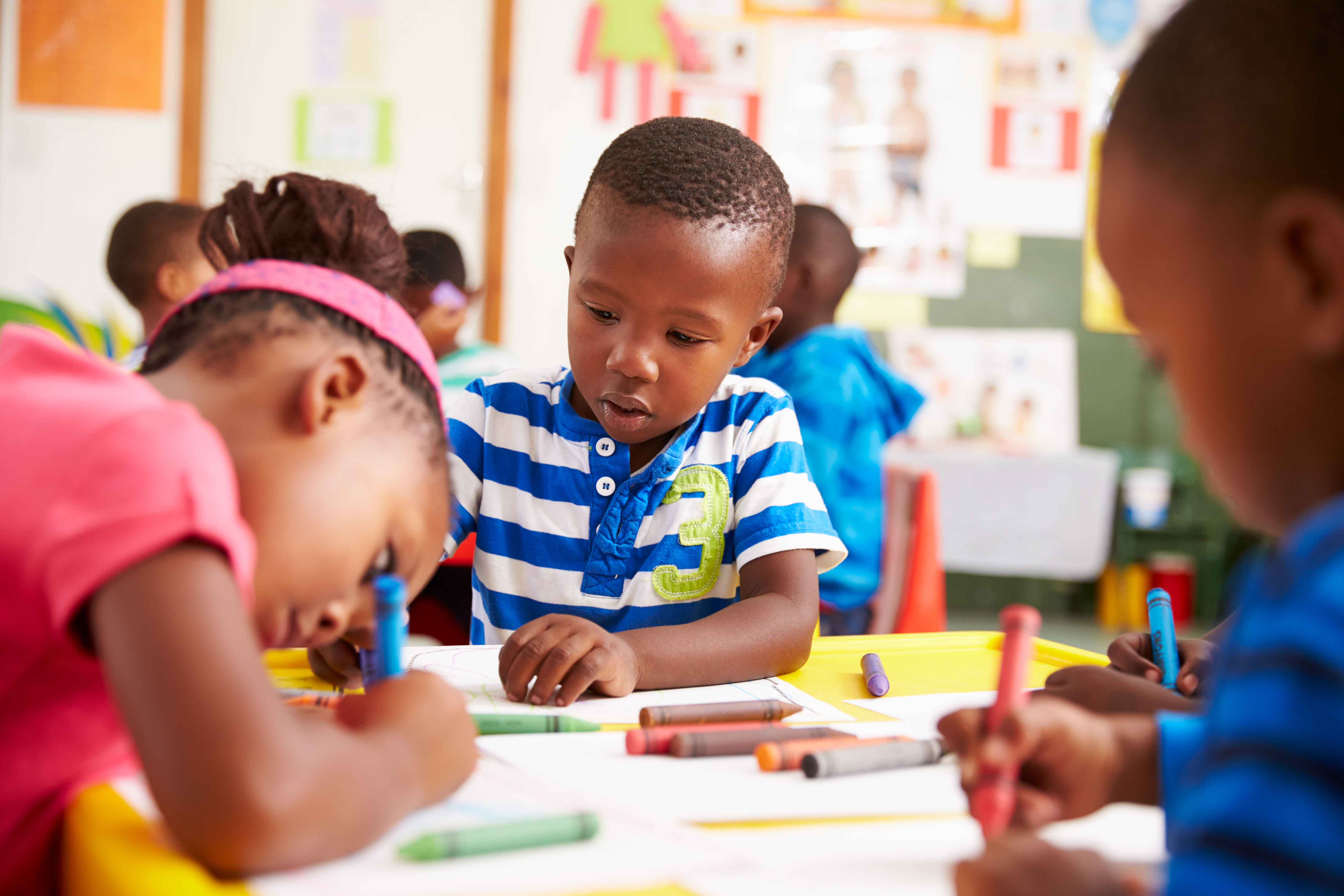Why is this important? Most of us learn through various ‘modes’. Auditory, visual, and/or tactile. All of these are important ways to experience and learn from our environments, but most of us have a primary mode which works best for our brains. Interestingly enough, most people have auditory strengths – or may be referred to as Primary Auditory Learners, but those aren’t the only kinds. Other kids may be Primary Visual or Tactile Learners, which means they learn best through visual supports or by using their body/experiences to help them learn. In these cases, the typical type of teaching style based on a teacher standing in front of the class and talking, isn’t the best way for visual or tactile kids to learn.
The great news is that every kid benefits from multimodal teaching. In case you don’t know, multimodal teaching is instruction that uses more than one ‘mode’. Not just the visual, verbal, and/or tactile – but a combination of two or three! If you’ll notice from the pictures I’ve taken from my school, the third grade teacher color coded the science information to categorize it visually for the children! It’s an easy and quick change that makes a big difference for those visual learners. The fourth grade teacher had the children learn about molecules by creating their own models. Great way to use visual and tactile strategies to enhance learning. I love what the second grade teachers did to combine the ‘fall season’ with their literacy unit. Each child used a pumpkin to create a main character from a book they’d read and wrote a report about it. Children with communication disorders have a tendency to learn better through visual or tactile means, so any way a teacher can use those modes there is a greater chance the child will synthesize the information taught. So – whether you are a clinician, teacher, or parent, next time you want to share information with your child, try to broaden your modes of teaching by adding in another sense or two. Here are a few quick ideas:
- Act out the story you read
- Have the child draw a picture about something they learned
- Make up a silly song to help with remembering a history fact
Other great ideas can be found on sites such as teacherspayteachers and Pinterest. Have fun broadening the scope of learning for the children in your life!



